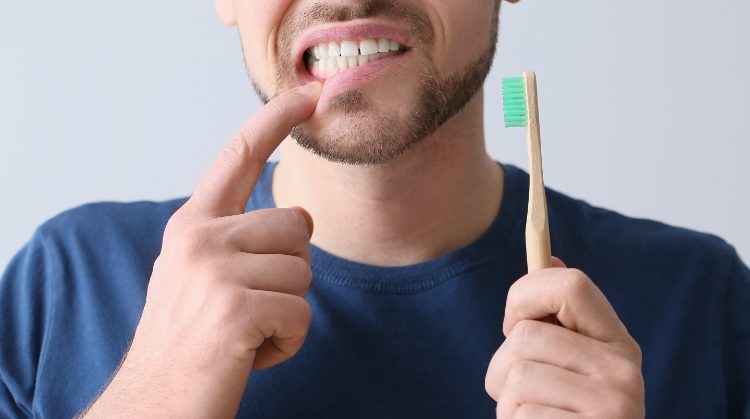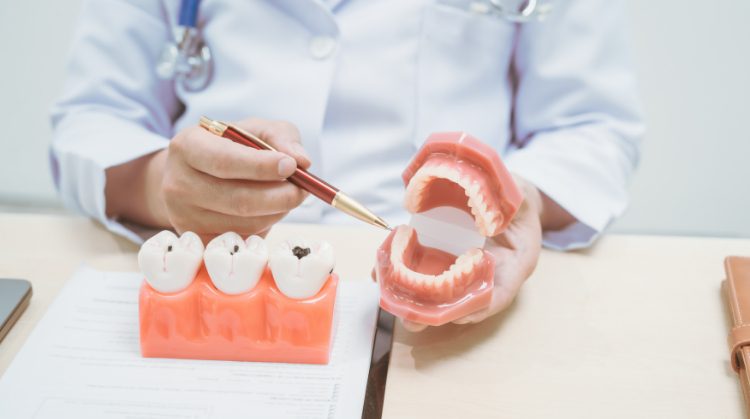
According to a report by the U.S. surgeon general in 2016, e-cigarettes are the most popular tobacco product among American youth. In fact, the use of these alternatives to cigarettes grew by 900 percent among high school students in just four years between 2011 and 2015.
One study conducted by the University of Rochester Medical Center suggests that electronic cigarettes do as much damage to gum tissue as traditional cigarettes. The study was the first of its kind to look at the cellular and molecular levels of oral health and their relationship to the use of e-cigarettes.
A second study by Universite Laval in Quebec discovered that the use of electronic cigarettes kills a large number of mouth cells. The research shows that after just a few days of being exposed to vaping, up to 53 percent of cells were dead or dying.
These cells are important in protecting the mouth, said Amy Norman, DDS, an Everett, Washington, dentist.
“Damage to the gum tissue and protective cells of the mouth can lead to an increase in the risk of infection, especially for those who already have compromised immune systems or other conditions such as diabetes,” she said. “It also increases the risk for inflammation, which can lead to gum disease and eventually tooth loss.”
Another study by the European Society of Cardiologists published in JAMA Cardiology found that the use of e-cigarettes could have a serious effect on cardiovascular health. In the study, electronic cigarette users had increased cardiac sympathetic activity just as traditional smokers have been found to have in other studies, along with an increase in oxidative stress. These findings mean that there could be both short-term and long-term risks when it comes to e-cigarette users’ cardiac health.
“Many people don’t realize that there is a connection between oral health and heart disease,” said Norman. “People with gum disease are at an increased risk for stroke and heart disease. Both gum disease and heart disease have some of the same risk factors, one of the most prominent being tobacco consumption. The only healthy alternative to smoking traditional cigarettes is to not smoke or use tobacco at all.”
The Oral Cancer Foundation estimates that 75 to 90 percent of oral cancers can be traced to tobacco use. Quitting reduces the risk significantly, and if the damage is already done, much of it can be treated.
In its earliest stages, gum disease is completely reversible. If it has progressed to periodontitis, there are still treatment options that can stop the damage and repair much of what has been done, said Norman.
“We can use a process called scaling and root planing to remove the damage that has been caused by gum disease,” she said. “Once we treat the gum disease and help a patient get on track with an effective at-home routine to maintain the healing, we can use teeth whitening to give them back their beautiful white smile. It’s never too late to get healthy.”



